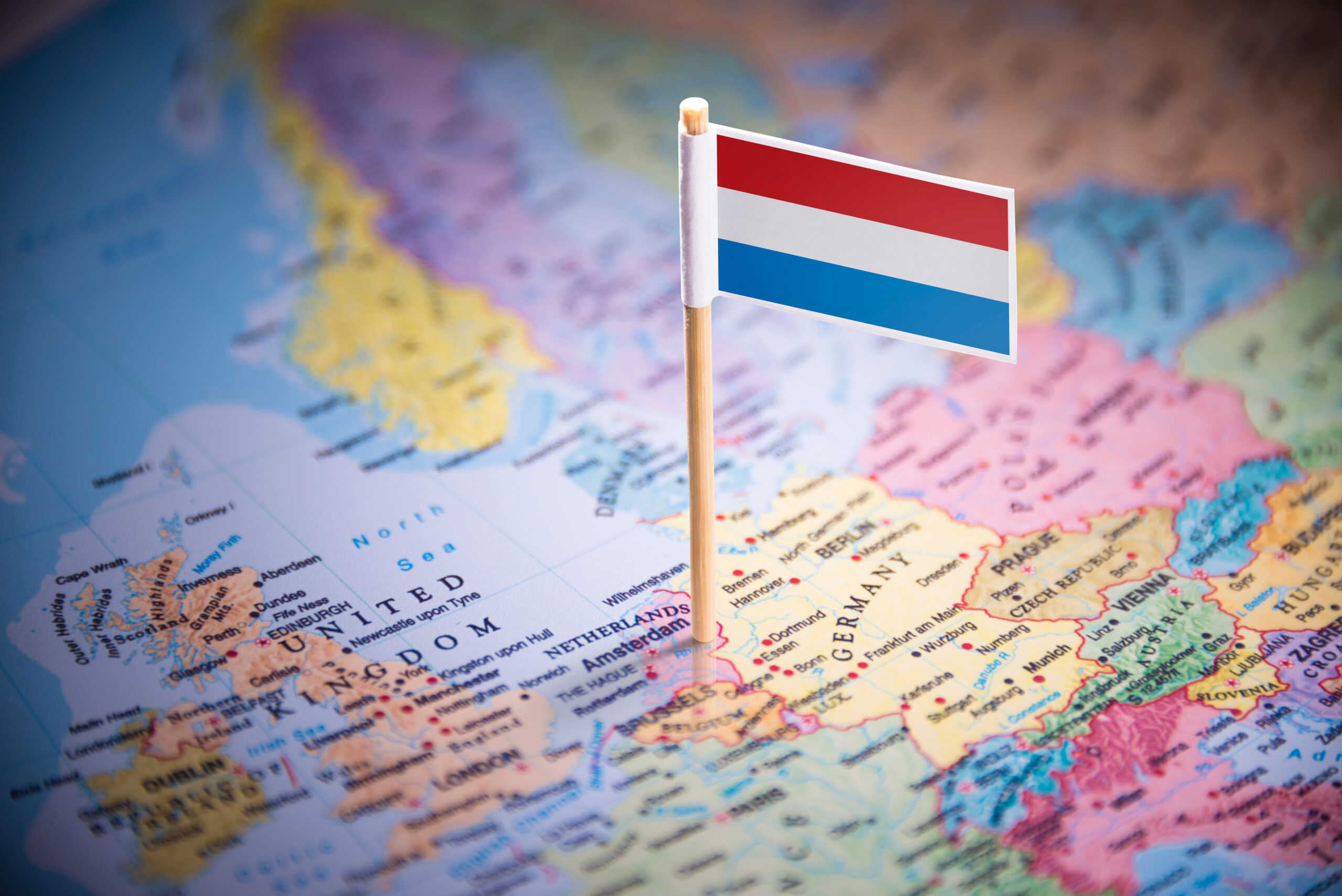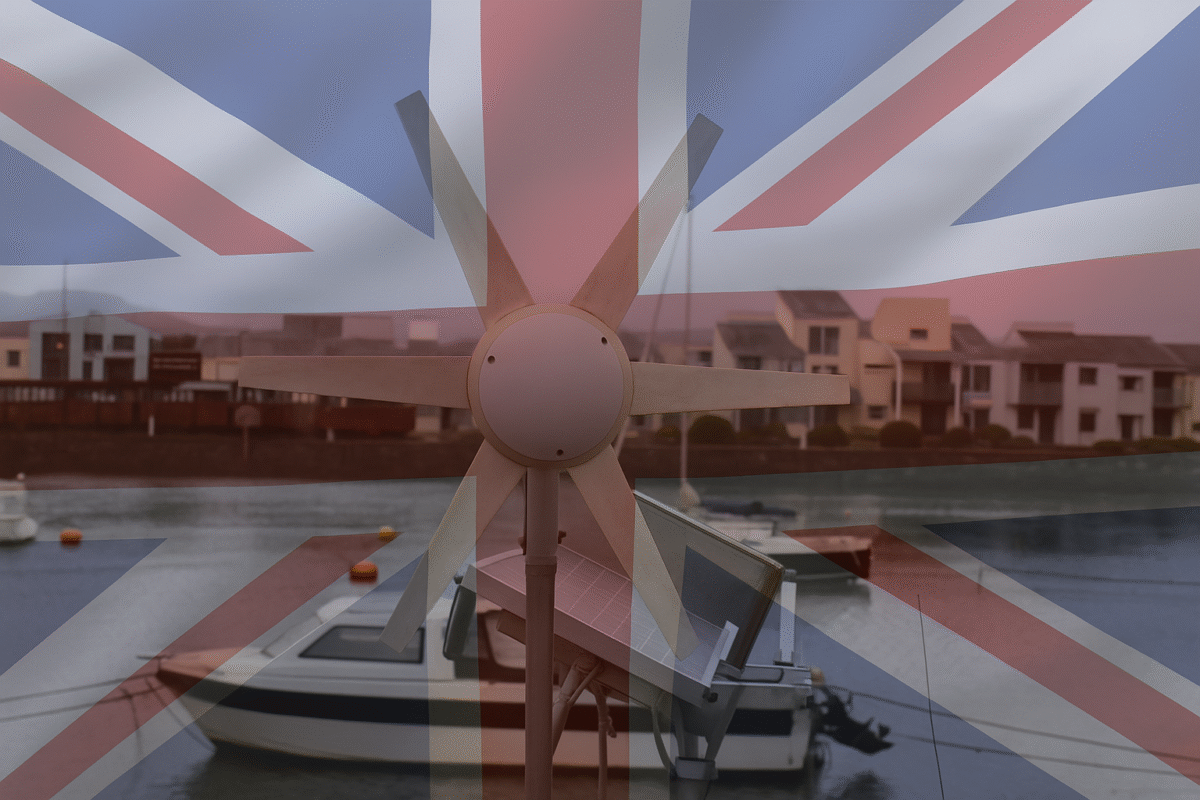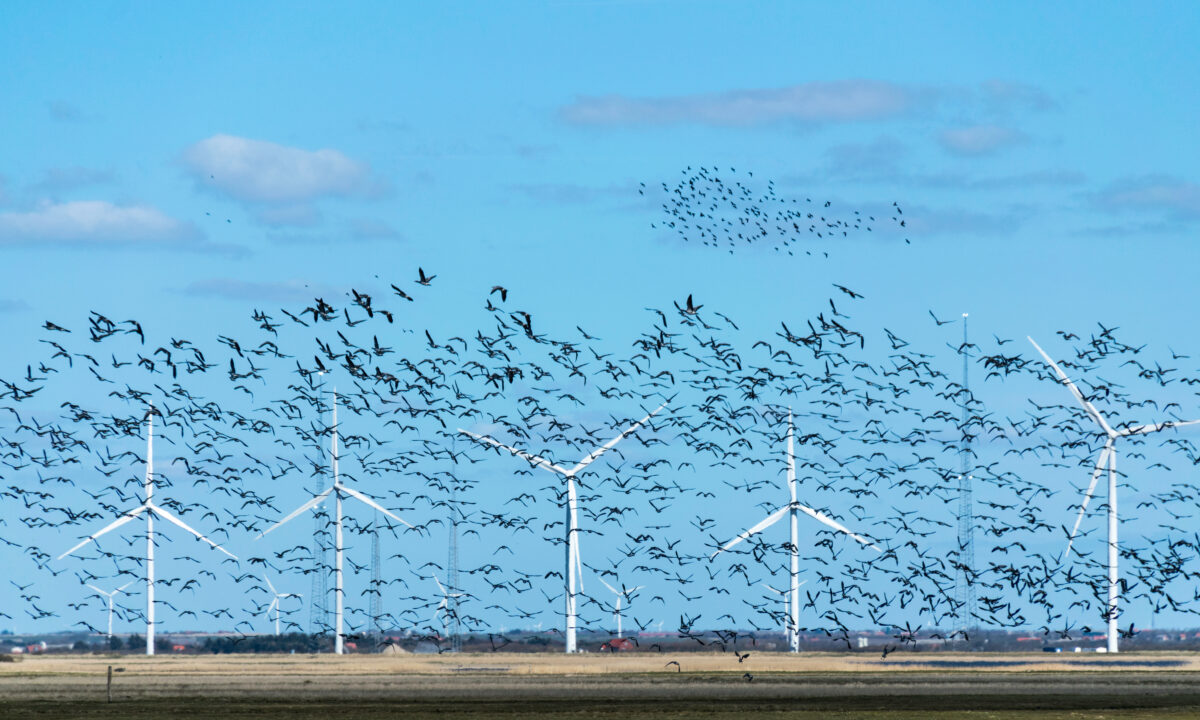The Netherlands is a country that is committed to fulfilling its part in reducing global warming to 1,5 degrees Celsius. To achieve that, this small nation formulated a plan, in which they set a goal of reducing greenhouse gases by 55% in 2030 and 95% in 2050. So far that ambitious plan seems unlikely, as the current prognosis for 2030 is closer to 39% than 55%. Because of that, the Netherlands plans to apply additional measures and set a budget of 35 million euros for the goal of energy transition. A big part of that will go towards wind energy and financial support for residential wind turbines.
Types of Financial Support
The Dutch citizens and businesses can count on a lot of aid from the government for their sustainable energy projects. It takes the form of wind turbine grants, loans, tax incentives, and many more forms of subsidies.
Wind Turbine Grants
Residents who want to invest in a small-scale wind turbine can apply for the sustainable energy investment subsidy (ISDE). This scheme reimburses part of the investment cost if you connect your small wind turbine to the electricity grid. The total budget of the ISDE is 20 million euro. To apply for the subsidy, you have to own a business or be a part of a partnership or foundation.
If you would like to invest in a residential wind turbine with another homeowner or company owner, you should apply for the subsidy scheme for cooperative energy generation (SCE). The only catch is, you have to be a part of the same postcode area.
Are you interested in this type of subsidy and want to see if a small wind turbine (SWT) is a viable solution for you? Reach out to us to evaluate wind potential in your region.
Energy Cooperatives
In the Netherlands, we’re seeing more and more examples of municipalities, energy cooperatives, and private companies teaming up to fund small wind turbine projects, and it’s starting to make a real impact. These partnerships are helping communities take meaningful steps toward sustainability, like increasing the use of energy-saving solutions and encouraging more households to adopt energy-efficient practices.
Although building local ownership around renewable energy can be tough, it’s becoming clear that with the right support from both national and regional governments, it’s absolutely possible. There’s a growing understanding that producing and distributing renewable energy locally doesn’t just reduce pressure on the national grid—it also strengthens communities by keeping the benefits close to home. Politicians are beginning to recognize the power of local renewable energy efforts, which means we’re inching closer to a new way of thinking about energy—a model where local communities can generate and share their own clean power, benefiting everyone involved. It’s a win-win for both the environment and local economies.
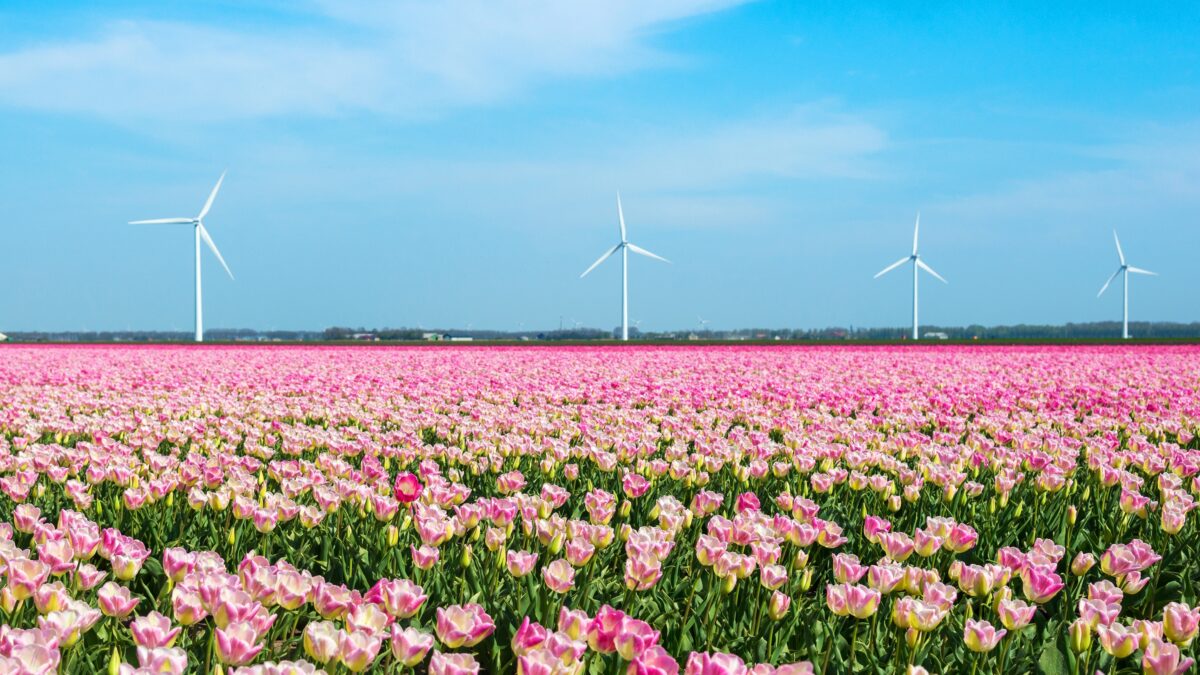
Financing and Loans
If you are not eligible for a grant, you can always get financial support in the form of a loan, which is a part of the Green Projects Scheme. To do it, you must apply for a loan from one of the banks with a green fund. The difference with these types of loans is lower interest than in classic loans. Of course, to get this form of financial support you must meet several conditions, which may vary depending on the bank.
The Green Projects Scheme (Regeling Groenprojecten, in Dutch) was set to support new developments in the sector of renewable energy sources.
Return on Investment (ROI)
Wind turbine return on investment depends on many factors, such as:
– initial costs: the cost to install a residential wind turbine typically ranges from 6,000 euros to 65,000 euros or more, depending on the size and complexity of the wind turbine installation.
– energy savings: a small wind turbine can significantly lower or eliminate your electricity bills. Depending on the size of your turbine and local energy prices, savings could range from 450 to 4,500 euros per year.
– wind conditions: ROI largely depends on how much wind your location receives. Areas with steady, strong winds will generate more electricity, leading to greater savings and a shorter payback period.
– maintenance and lifespan: wind turbines typically last 20-25 years and require relatively low maintenance. However, occasional costs for parts like the inverter or batteries (for off-grid systems) needs to be factored in.
– payback period: the typical payback period for a residential wind turbine in the the Netherlands is around 10 to 20 years. In ideal conditions with good wind and government incentives, the payback could be closer to 8-10 years.
Overall ROI: over the turbine’s lifespan, homeowners can expect a positive ROI. Annual returns are often estimated at 5-10%, though this can increase with low upfront costs or strong government support.
If you want to know more about wind electricity, but are unsure how to get about it, we can help you with our free site feasibility survey to analyze your potential and help you with the process.
Independence From the Grid
By installing a wind turbine, you can cut down on your dependence on traditional energy companies. This means you’ll have more control over your energy and won’t be as affected by the rising and unpredictable electricity prices that most people deal with. Energy costs tend to spike for reasons beyond your control, like fuel prices or political issues. But with your own wind turbine, you’re tapping into a free, renewable energy source—wind—so you can avoid those price hikes.
For a lot of homeowners, the idea of being more energy independent is one of the biggest draws of wind investment. You’re no longer at the mercy of energy companies who control prices and availability. With wind technology, you know where a big part of your energy is coming from and can count on more predictable costs, easing the financial stress that comes with fluctuating energy bills.
Additional Considerations
Choosing the Right SWT
When deciding which residential wind turbine system is right for your home, it’s important to think about a few key factors to make sure you get the best performance and meet your energy needs.
First, consider your location’s wind conditions. Wind speeds and patterns vary across the Netherlands, so the turbine you choose should be suited to the specific conditions in your area. Factors like the size and design of the blades, the height of the tower, and the overall setup need to match your local wind environment. You’ll also want to think about things like access to the site, local zoning regulations, and how the turbine will fit into the landscape.
Next, it’s crucial to match the turbine’s capacity with your household’s energy needs. You can do this by conducting an energy audit to understand how much electricity you use and how much of that can be covered by wind turbine energy. Picking the right system size will ensure you generate enough electricity to significantly reduce your reliance on the grid, helping you save money and reduce your carbon footprint.
By carefully considering both your location and energy requirements, you can choose a wind turbine that offers both environmental and financial benefits for years to come.
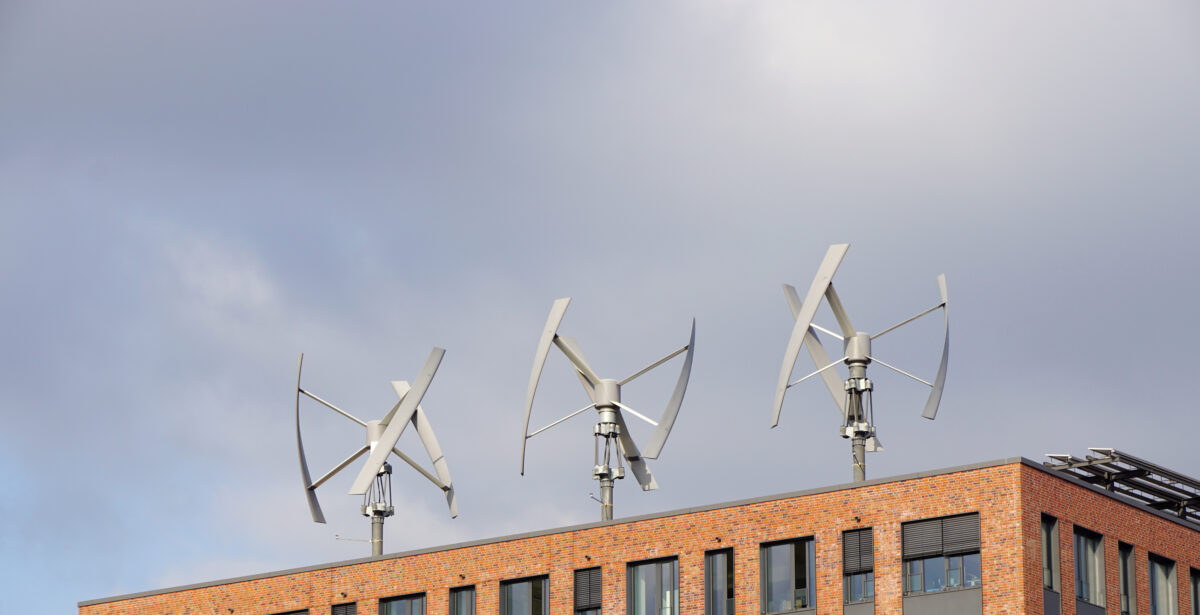
Environmental Impact of Wind Electricity
Wind energy is among the cleanest sources of power, with a carbon footprint of only four grams of CO₂ equivalent per kWh, significantly lower than other energy sources like solar at 6 grams, gas at 78 grams, and coal at 109 grams. This figure accounts for the entire lifecycle of a wind turbine, from manufacturing and transport to operation and eventual disposal, with turbines typically lasting around 20 years. However, one environmental concern is that wind turbines can disrupt natural habitats, and their rotating blades occasionally pose a threat to birds and bats, which sometimes collide with them.
The Future of Wind Energy in the Netherlands
The future of wind energy in the Netherlands is looking bright, with the country committed to ramping up its renewable energy efforts to meet climate targets. Thanks to its long coastline and the windy North Sea, offshore wind farms are set to play a huge role in powering this small country. The Dutch government has big plans to boost wind energy capacity, aiming for about 21 GW of offshore wind by 2030. This shift not only helps the Netherlands move away from fossil fuels but also creates new jobs and drives innovation in green tech. With advances in turbine technology making wind power more efficient, and strong government support, wind energy is on track to become a key part of the Netherlands’ sustainable energy future.


